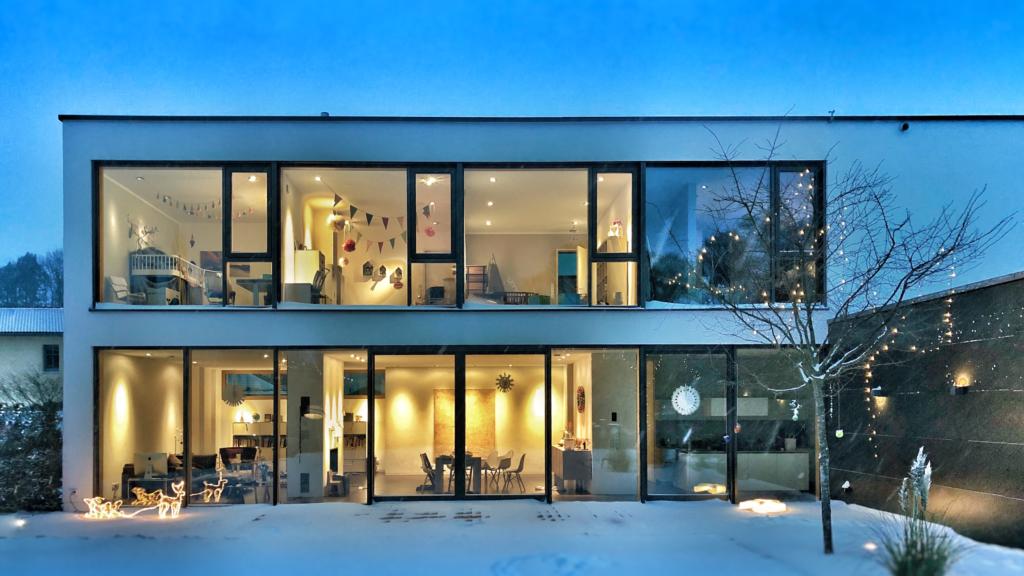It still remains to be seen how successful the re-branding of TSM and the other storage products within the ‘Spectrum’ range will be. Here at Silverstring, we reckon it will be a while before we stop saying TSM. However, looking on the brightside, when undergoing a rebrand last year at least IBM didn’t consult the good people of the internet to ‘crowdsource’ a name for the product, unlike the Natural Environment Research Council recently did for their lovely new £200 million polar research vessel. (More info on that here.)

So rather than examining Squishy McCleverBackup v7.1.5 let’s take a look at Spectrum Protect’s new features.
Spectrum Protect v7.1.5 is now on General Availability and was released on March 11th.
Cleversafe Integration.
Several weeks ago I wrote about CleverSafe object storage: https://www.silverstring.com/blog/cleversafe-is-safe-and-clever but had to hold back on the exciting news that Cleversafe can now be introduced as a cloud backup target for the Spectrum Protect container storage pools, because 7.1.5 had yet to be officially announced.
Container pools were introduced with v7.1.3, offering next-generation inline deduplication (as opposed to the post-process deduplication on FILE storage pools) and supporting a new way of replicating node data from source server to target server pool via ‘protect stgpool’ command with metadata only being replicated by the ‘replicate node’ command.
As we learned in the Cleversafe blog post the performance, particularly for restore, from Cleversafe container pools will not be brilliant so carefully consider what type of data will be placed in them. Under ideal lab conditions (10Gb network/3x Cleversafe accessors/many backup sessions), ingest rates of up to 3.6TB per hour have been achieved but real world performance, especially for off-premise/cloud Cleversafe pools will fall well short of that.
The Spectrum Protect server will access Cleversafe storage via the 3 protocol as with Amazon S3 storage. Setup is easy with some pretty simple configuration of a Cleversafe Vault and account at the storage end and supplying the URL(s) of the accessor(s) and an ID and password on the pool definition server-side.
Compression!
Perhaps of greater impact/importance is the introduction of Spectrum Protect Server compression. Again this applies to container storage pools. The LZ4 lossless compression algorithm is applied to data as it is ingested into the storage pools via either client backup or replication from another server. So, like deduplication, it is performed INLINE with no post processing required or extra space to ‘land’ the data in before it is reduced.
Tests indicate that 2:1 compression can be reasonably expected ON TOP of any deduplication reduction you already achieve. So for data that doesn’t deduplicate better than 2:1 you can still get 4:1 data reduction. Extra CPU power should be provided for compression (around 30% more) but existing Spectrum Protect server blueprint specifications should cope with compression.
Like deduplication, inline compression will greatly reduce the amount of disk/cloud storage required for backup storage as well as reduce the bandwidth required for replicating data between servers/sites. This could potentially translate to money savings on the following:
- WAN bandwidth.
- Back end disk storage.
- TSM licensed capacity. (YES! licensed capacity is calculated post Deduplication AND compression)
Protect Stgpool repair of damaged target extents
Continuing the development focus on container storage pools there is an enhancement to the Protect Stgpool processing whereby data is replicated from container pool on source server to container pool on a target server.
When damaged data extents are detected on a target pool, via audit container or a failed client retrieval, undamaged extents from the source pool will be sent across to replace the damaged ones on the target pool by protect stgpool.



